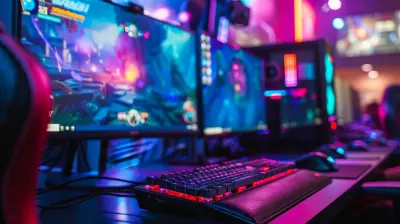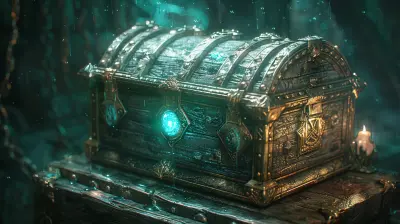Should You Twitch Stream in 1080p or 720p? A Creator's Dilemma
6 August 2025
If you're setting up to stream on Twitch, there's a good chance you've run into a classic dilemma: "Should I stream in 1080p or 720p?" It's a debate that’s almost as old as streaming itself. It's the kind of question that makes you pause, squint at your bitrate settings, and wonder, “Am I about to make or break my channel?” Yeah, I’ve been there too.
Let’s be real—your resolution isn’t the only thing that matters. Your content, personality, and community take precedence. But if your stream is buffering more than a dial-up connection in the 90s, or your viewers are squinting at pixelated gameplay, that’s a problem. So let’s dive in and figure this out together. Shall we?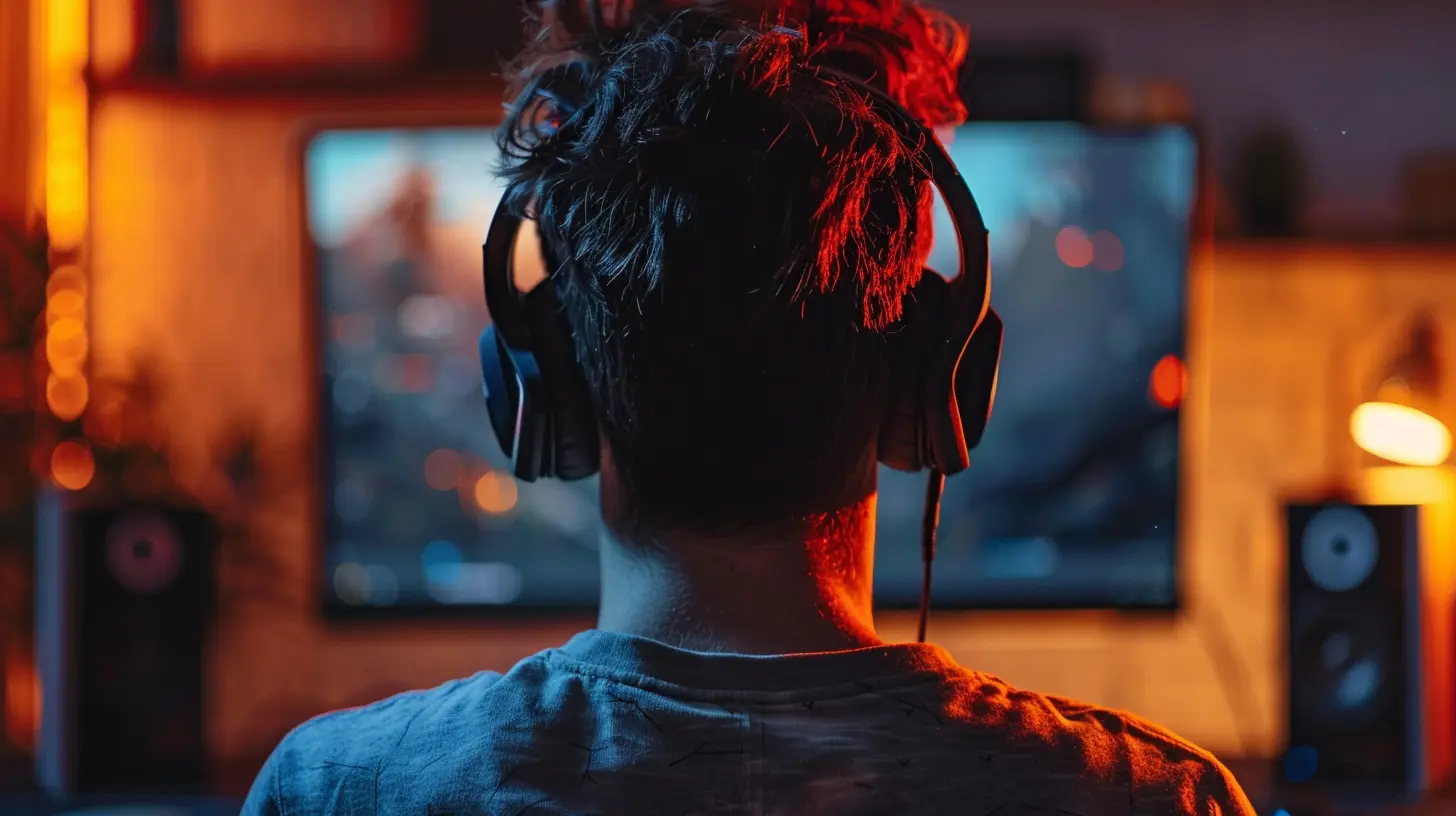
Why Resolution Matters for Your Twitch Stream
First, let’s get the basics out of the way. Resolution is essentially the number of pixels displayed on your stream. The higher the resolution (e.g., 1080p), the crisper your stream looks—assuming you’ve got the internet and hardware to back it up. But if things go south, higher resolution can lead to laggy output, encoding issues, and frustrated viewers.It's like trying to fill a cup with a firehose. Just because you can blast all those pixels at your audience doesn’t mean their devices—or their internet connection—can handle it.
Remember, your audience’s experience is key. If they can’t watch your stream without buffering, they’ll bounce. And nobody wants that, right?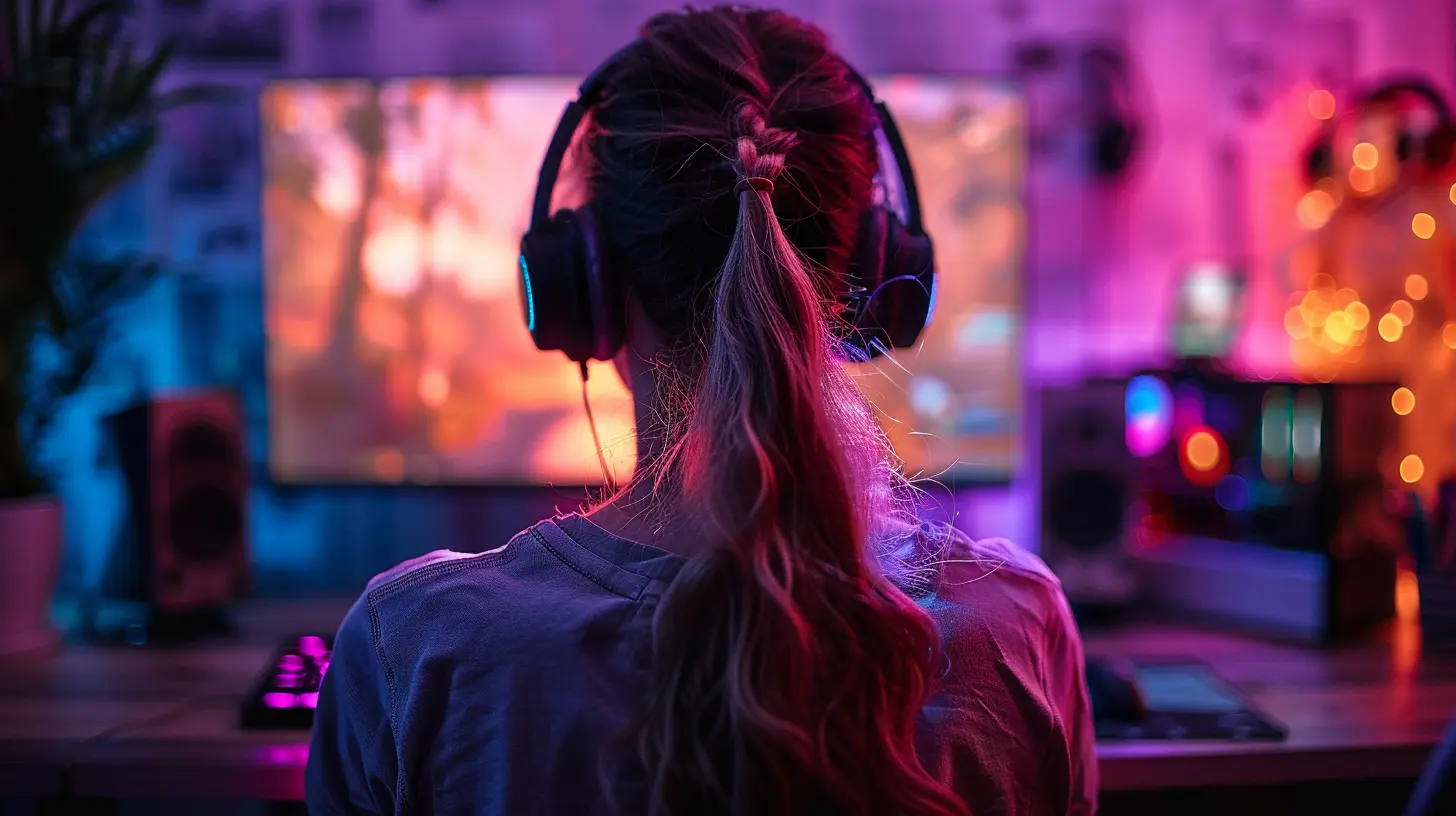
The Case for Streaming in 1080p
Okay, so let’s talk about the shiny, high-definition elephant in the room: 1080p. It’s the gold standard for HD streaming. Looks crisp, sharp, super modern—what’s not to love?Why You Should Go for 1080p
- Sharper Visual Quality: If you’re playing visually stunning games like Elden Ring or Cyberpunk 2077, 1080p lets your viewers see every single detail. Think of it as showing off your game’s beauty in its full glory.- Better First Impressions: A higher-quality stream might attract more new viewers. I mean, if you’re scrolling through Twitch, you’re more likely to stop at a crisp, clear stream than one that’s all fuzzy, right?
- Future-Proofing: Internet speed and hardware keep improving. Streaming in 1080p kind of ensures that you’re in step with the tech trends.
But Wait, There’s a Catch…
Streaming in 1080p isn’t all sunshine and rainbows. There are a few things you really need to consider before hitting that “Go Live” button in full HD:1. Higher Bitrate Requirements: To stream in 1080p, you need a bitrate of at least 4,500-6,000 kbps for a smooth experience. That’s a lot of strain on your upload speed, and if it falters, your viewers will face buffering nightmares.
2. Encoding Struggles: If you don’t have a beefy CPU or GPU, your PC might struggle to encode the stream in 1080p. That means lag. And nobody likes lag.
3. Viewer Limitations: Here’s the kicker—many viewers don’t have the internet speed or devices to handle 1080p streams. They’ll either experience buffering or reduce the quality manually, which kind of defeats the point.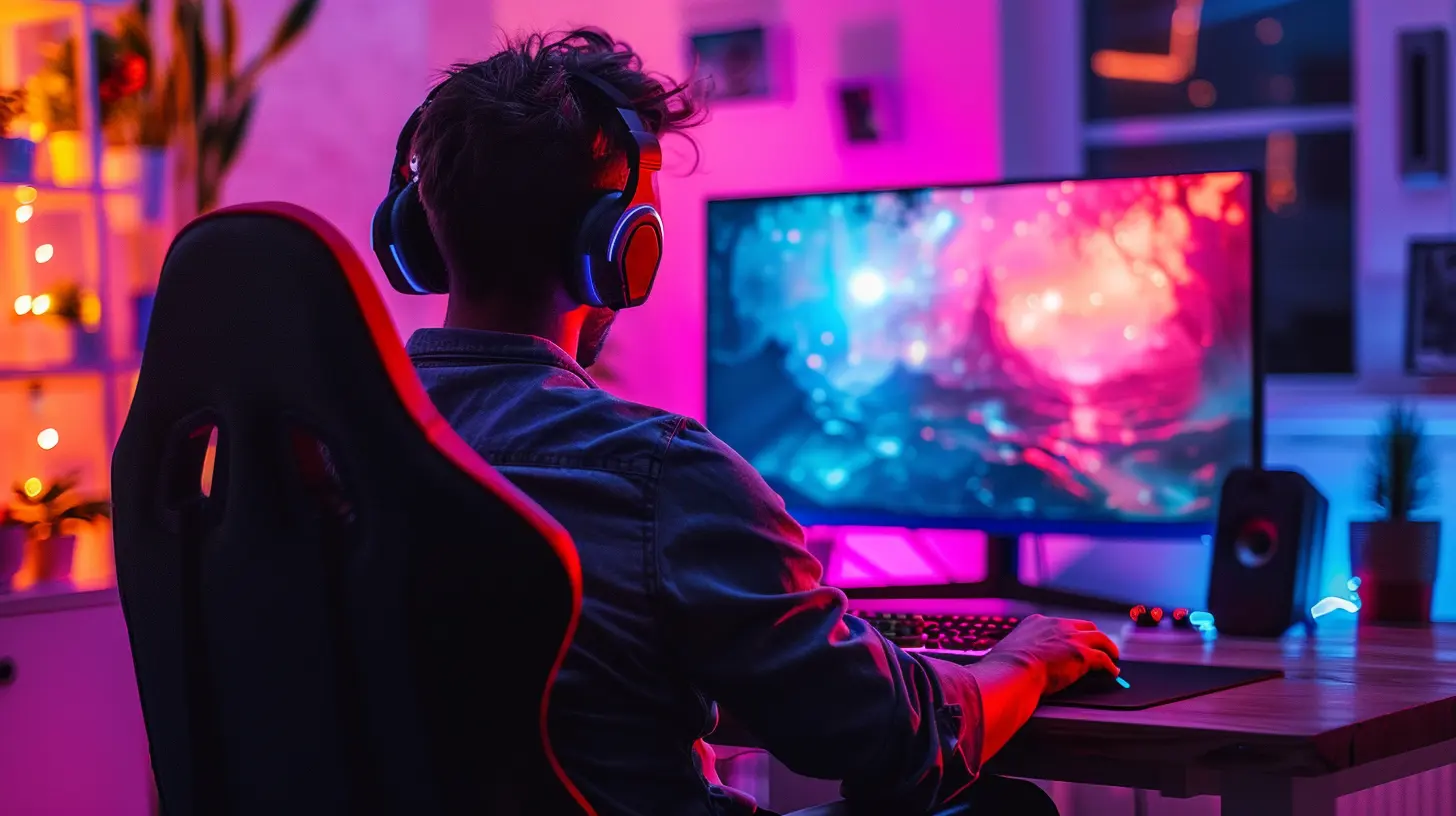
The Case for Streaming in 720p
Now, let’s give some love to the underdog: 720p. While 1080p gets all the hype, you’d be surprised at how many streamers swear by this resolution.Why 720p Might Be Your Best Bet
- Broad Accessibility: 720p streams aren’t as demanding for your viewer’s internet connection. Someone watching on their phone during a coffee break? They’ll thank you for keeping it smooth and buffer-free.- Lower Bitrate Requirements: With 720p, you can go for a bitrate around 3,000-4,000 kbps. This is much friendlier for streamers with slower upload speeds.
- Easier on Your Hardware: If your streaming setup isn’t exactly top-of-the-line, 720p is less taxing on your CPU or GPU. Your rig won’t sound like a jet engine about to take off.
But Is 720p Good Enough?
Some creators worry that 720p doesn’t come across as "professional" in 2023. Sure, it’s not as sharp or pretty as 1080p, but let’s be honest—Twitch compresses streams anyway. Even a perfect 1080p stream might lose some of its charm after Twitch’s encoding takes its toll.Also, here’s the thing: your content is what truly matters. If you’re funny, entertaining, or just really good at what you do, nobody’s going to care that you streamed in 720p instead of 1080p. People come for you, not the pixel count.
The Role of Bitrate in Your Decision
Now that we’ve talked a bit about resolution, let’s tackle bitrate—it’s basically the middle child that makes or breaks the relationship between resolution and stream quality.The higher your resolution, the more bitrate you need to deliver a clean image. But if your bitrate is too high for your upload speed, you’re in for a stuttering, pixelated mess that’ll frustrate your viewers.
Bitrate Cheat Sheet for Twitch
- 1080p 60 FPS: 6,000 kbps (ideal), 4,500 kbps (minimum)- 720p 60 FPS: 4,000 kbps (ideal), 3,000 kbps (minimum)
- 720p 30 FPS: 3,000 kbps (ideal), 2,500 kbps (minimum)
Don’t forget to check your internet’s upload speed. A good rule of thumb is to have at least 1.5x your target bitrate available for your stream. So if you’re aiming for a 6,000 kbps stream, your upload speed should be at least 9 Mbps.
So, 1080p or 720p: Which Should You Choose?
Here’s the deal: Neither 1080p nor 720p is “better” across the board. It’s about what works best for you and your community. Below are some factors that’ll help you decide.Go With 1080p If:
- Your upload speed is consistently above 10 Mbps.- You have a powerful streaming rig that can handle the encoding process.
- You’re targeting viewers with strong internet connections or devices.
- You’re playing games that thrive on visual fidelity, like AAA titles or story-driven masterpieces.
Stick With 720p If:
- Your upload speed is unreliable or below 10 Mbps.- You’re streaming on mid-range or older hardware.
- You want to make your streams more accessible for viewers with slower internet.
- Your content focuses more on personality or gameplay (e.g., Let’s Plays, chat streams) than eye-popping visuals.
The Hybrid Option: Test and Adjust
Here’s a thought: Why not experiment? Twitch lets you stream at different resolutions and see what works. Start with 720p, see how your viewers respond, and bump it up to 1080p if your hardware and bitrate can handle it.Think of this like tuning a guitar. It’s all about finding that sweet spot where your stream sounds (and looks) in perfect harmony.
Final Thoughts: It’s Okay to Start Small
Look, when you’re starting out on Twitch, don’t stress too much about your resolution. Focus on creating engaging content, building your community, and having fun. You could stream in 480p, and people would still watch if you’re entertaining enough. (Okay, maybe not 480p, but you get the point.)The whole 1080p vs. 720p debate is just one piece of the streaming puzzle. Whether you’re in HD or not, your viewers are there for you. So, pick a resolution that works for your setup, and start streaming. You’ve got this.
all images in this post were generated using AI tools
Category:
Twitch StreamingAuthor:

Leandro Banks
Discussion
rate this article
2 comments
Thalor Lozano
Great article! It's fascinating how the choice between 1080p and 720p can impact viewer engagement and streaming experience. I wonder how different audiences perceive each resolution—does quality truly make a difference, or is it more about the content and personality of the streamer? Excited to hear others' thoughts!
November 6, 2025 at 3:24 AM

Leandro Banks
Thank you! It's an interesting debate. While resolution plays a role, audience perception often hinges on content quality and streamer personality. I'd love to hear others' insights too!
Taryn Navarro
Choose quality over accessibility!
August 9, 2025 at 3:50 AM

Leandro Banks
While quality is important, accessibility ensures a wider audience. Striking a balance between the two can maximize both viewer experience and reach.
